MOO's are very powerful - because fully text-based - virtual realities. You meet people, play or work and you can arrange your own space as you like. You arrange the space by describing it and programming behaviour of elements contained in it. The suggestion of such text can be strong, as strong as the text of a good book can be. So it is actually not necessary to visualise such spaces on paper, but we just couldn't resist. The rooms people create for themselves in MOO's on the net are examples of the development of a radical, new idea of home. Home has undergone some sweeping changes during the last hundred years. The house as home for the late-modern nuclear family ripened into its definitive form. A reliable, well-thought-out solution. Standardised enough to produce in large quantities and to agree that everyone has the right to one. Everyone knows where he or she belongs - at Home.
All houses were connected to networks: Roads, Gas, Electriclty, Water, Postal Service, Central Urban Heating, Subway, Garbage Collection. Modern support networks that turn the house into a safe, comfortable and practical spot.
Almost simultaneously, the house was connected to the networks of the media. Telephone, Radio, Television and Computer networks turn the house into an even more effective base of operations.
But they also rupture the safe walls of the house radically. Of course, media have always done that. One who loses himself in a hook teleports out of his or her physical environment. Newspapers, radio and television possess that same quality. They are windows onto another world. Often so absorbing that the window metaphor no longer applies. One becomes mentally connected to the media space and consciousness of ones own body and home is temporarily suspended. We have become used to having a couple of channels to media space open simultaneously. Reading the newspaper with the TV on; enjoying a book while a CD plays. Or we mix up home and media: eating in front of the television, vacuuming with the radio on, making love while music is playing.
The telephone is another story, as we are not completely displaced into media space. We make contact through it: we speak to others who are absent. And, as opposed to prayer (see the next issue of Mediamatic) we get a clearly audible answer. The other speaks to us and we feel obligated to answer in our turn. Telephone is more engaging than other media, and not so easy to combine with radio or television. We're there in person. When the telephone rings, it’s (usually) for us and we have a place of our own in the telephone net. That place corresponds with home. If I don't pick up the telephone, the conclusion at the other end of the line is: He's not home. Or even: He’s not there. Many answering machines state that their owner is not at home. At home means my end of the telephone line.
We are becoming increasingly connected to interactive networks comparable to the telephone net. Besides my telephone number, I have an e-mail address and a home page on the Web. And a room in a MOO. The MOO is the limit: if I'm not there and someone drops in, I appear to be there. The system says: Willem is asleep.
The difference between the old mass media and the new many-to-many networks is that it matters whether the individual participant exists or not. Increasingly, users are forming a virtual spot of their own. An electronic home that supplements our old home: its a spot that is very closely connected to our identity. A spot where we can be found and which serves as a base of operations. A space we arrange ourselves, where we receive visitors and collect our electronic possessions.
At the last Doors of Perception conference, many speakers declared that their laptop computers are their only homes. (For an extensive report of the conference, see our Website: http:/ /www.mediamatic.nl/.) Today’s laptops may be the first primitively fashioned dwellings in cyberspace: for the moment, that kind of avant-garde comments can only be expected of
toy- crazy telenomads. But Mediamatic found reason enough to devote this issue to exploration of the theme of home.
This edition of Mediamatic is also online
Home Issue: Home @ Last
This issue contains a collection of strange pictures: visualisations of spaces in MediaMOO.
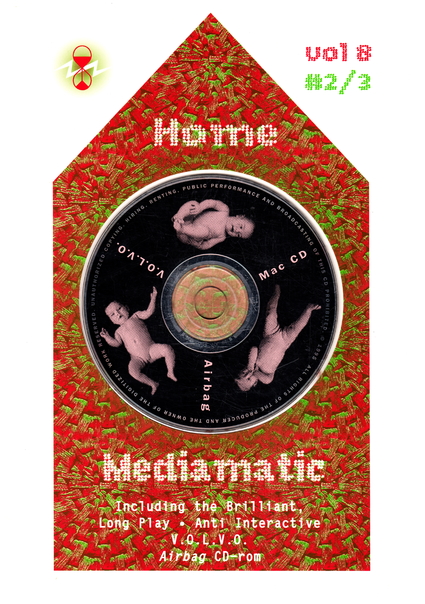
Documents
-
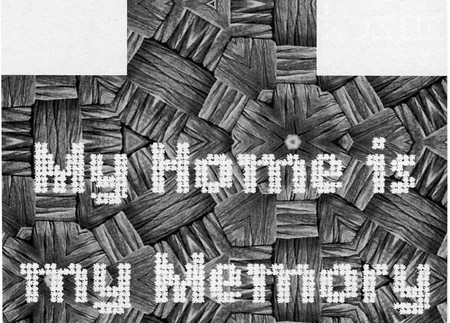
Mediamatic Magazine Vol. 8#2/3 Florian Brody 1 Jan 1995
My Home is my Memory is my Home
Is my home where my heart is or where my computer is? Is home where I want to be or where I am?
-

Mediamatic Magazine vol. 8#2/3 Errki Huhtamo 1 Jan 1995
Armchair Traveller on the Ford of Jordan
The Home, the Stereoscope and the Virtual Voyager
The general panorama of the world. It introduces to us scenes known only from the imperfect relations of travellers. By our fireside we have the advantage of examining them, without being exposed to...
-
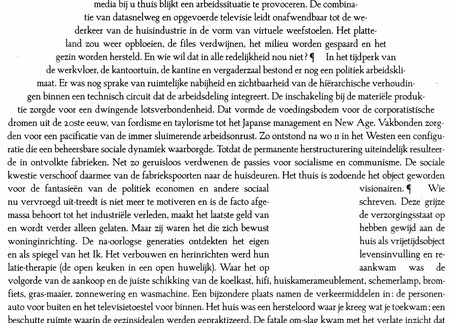
Mediamatic Magazine vol. 8#2/3 Adilkno 1 Jan 1995
Electronic Loneliness
Change the world; stay home. This is the adage of the social ergonomists who have distilled a polity out of the user-friendliness of consumer electronics. Having definitively finished pondering...
-
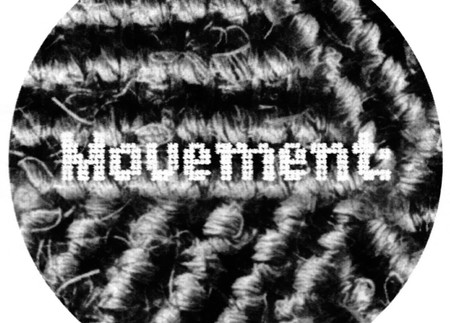
Mediamatic Magazine vol. 8#2/3 Dietmar Dath 1 Jan 1995
Distinction Renouncing Movement AmbiEntity versus…
The social (not 'cultural') difference between the 'Condition of Chamber Music' and the 'Condition of Muzak' will be of growing importance in years to come.
-
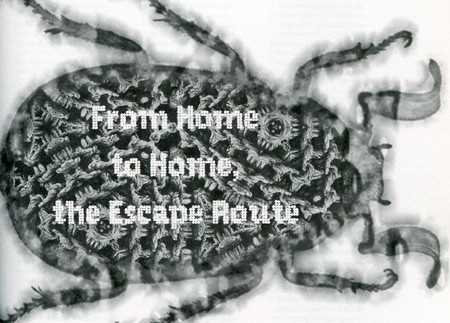
Mediamatic Magazine vol. 8#2/3 Paul Groot 1 Jan 1995
From Home to Home: the Escape Route
Come with me, take me home! I have no home. Fix your typewriter. If you fix your typewriter you'll have your home.
-
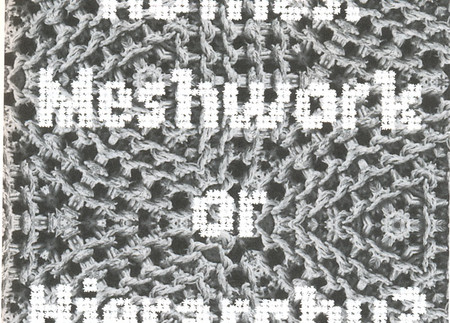
Mediamatic Magazine Vol. 8#2/3 Manuel De Landa 1 Jan 1995
Homes: Meshwork or Hierarchy?
How do homes happen? Are they planned, as we have intuitively tended to believe, or is the process a more messy one? Drawing on biological, cognitive and economic models, De Landa believes that the...
-
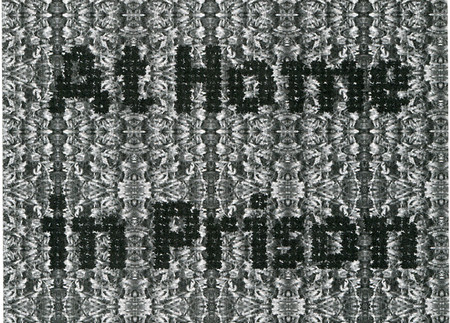
Mediamatic Magazine vol. 8#2/3 Lex Wouterloot 1 Jan 1995
At Home in Prison
For fifty years, Eduardo Taguas lived in Spanish boarding schools, reform schools and prisons. He was fifty years old when he was set free.
-
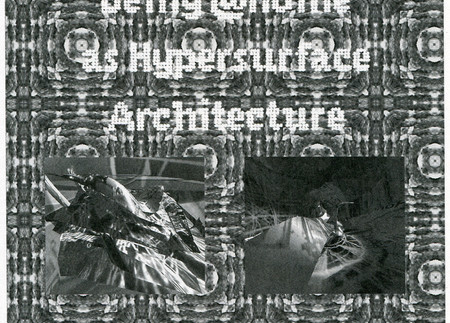
Mediamatic Magazine Vol. 8#2/3 Stephen Perrella 1 Jan 1995
Being@Home as Hypersurface Architecture
As an alternative project to the moo inventions that Mediamatic suggests for this issue, Stephen Perrella posits an alternative space called Hypersurface, that resists being defined in terms of...
-
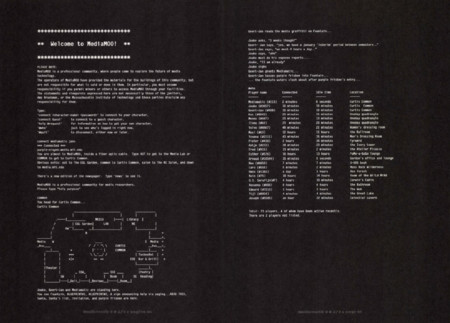
Mediamatic Magazine Vol. 8#2/3 Jouke Kleerebezem, Geert-Jan Strengholt 1 Jan 1995
Welcome to MediaMOO
PLEASE NOTE: MediaMOO is a professional community, where people come to explore the future of media technology.
-
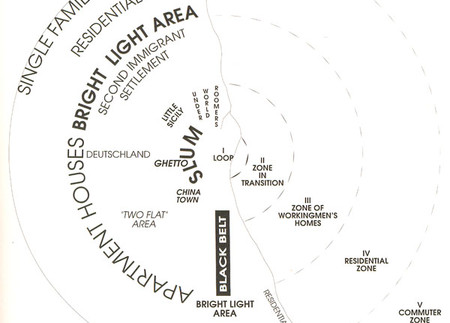
Mediamatic Magazine Vol. 8#2/3 Mike Davis 1 Jan 1995
Beyond Blade Runner: Urban Control (1)
The Ecology of Fear
Every American city has its official insignia and slogan, some have municipal mascots, colors, songs, birds, trees, even rocks. But Los Angeles alone has adopted an official Nightmare. Mike Davis
-
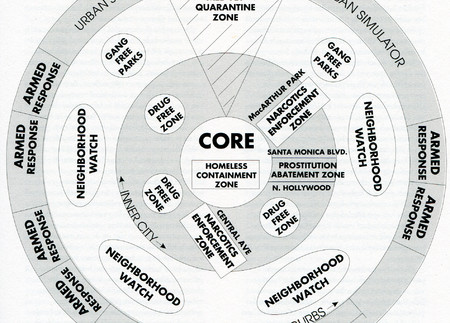
Mediamatic Magazine Vol. 8#2/3 Mike Davis 1 Jan 1995
Beyond Blade Runner: Urban Control (2)
The Ecology of Fear
The Half-Moons of Repression
-
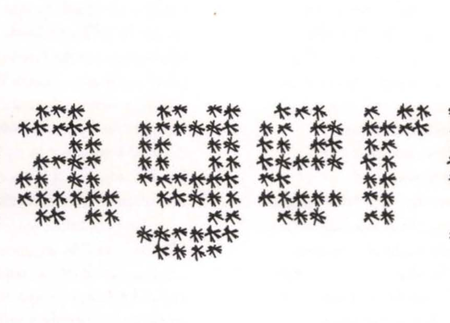
Mediamatic Magazine Vol. 8#2/3 Brenda Laurel 1 Jan 1995
Imagery & Evolution
Are we forcing people to evolve?
At SIGGRAPH'94 in Orlando a forum was held with the theme 'Computer Graphics – Are we forcing people to evolve?'
-
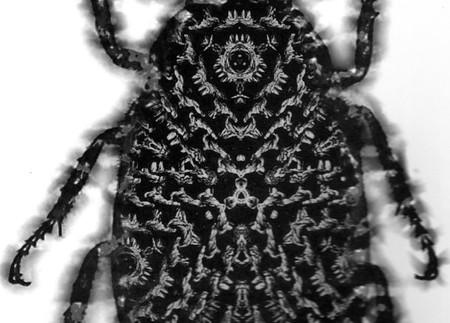
Mediamatic Magazine Vol. 8#2/3 Mike Davis 1 Jan 1995
Beyond Blade Runner: Urban Control (3)
The Ecology of Fear
Parallel Universes
-

Mediamatic Magazine vol. 8#2/3 Geert Lovink 1 Jan 1995
An Anecdoted Archive from the Cold War
Interview with George Legrady
George Legrady recently won one of the three 'New Voices, New Visions' prizes for his cd-rom, An Anecdoted Archive from the Cold War , in a competition sponsored by Interval Research Corporation, the...
-

Mediamatic Magazine Vol. 8#2/3 Bas Raijmakers 1 Jan 1995
Taylor, Saarinen
Mark Taylor & Esa Saarinen, Imagologies: Mediaphilosophy, Routledge, 1994
Now that the realisation is sinking in for more and more publishers that we are in a grey area between the printed book and electronic publications, conspicuous hybrids are appearing on the market.
-
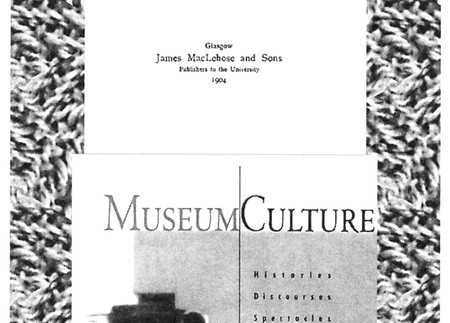
Mediamatic Magazine vol. 8#2/3 Jorinde Seijdel 1 Jan 1995
Murray
David Murray, Daniel Sherman & Irit Rogoff, Museum Culture: Their History and their Use, James MacLehose and Sons, Glasgow 1904
A Norway house, built of beams without mortar or stone; shoes and sandals from Russia, Siam and Egypt; the skin of a man dressed as parchment; a drinking cup of the skull of a Moor killed in the...
-
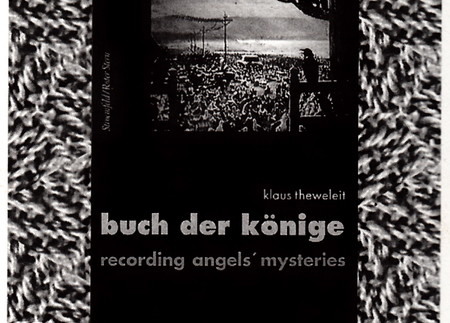
Mediamatic Magazine Vol. 8#2/3 Peter Berz, Volker Heise 1 Jan 1995
Theweleit
Klaus Theweleit, Buch der Könige II, Stroemfeld/Roter Stern, Frankfurt 1994
In 1988 Klaus Theweleit sent the first volume of his work Buch der Könige (Book of Kings), which up to now has been drawn up in four sequences, on its travels. The passengers were Gottfried Benn
-

Mediamatic Magazine 8#2/3 Geert Lovink 1 Jan 1995
Baudrillard
Jean Baudrillard, L'illusion de la fin, Édition Galilée, Paris 1992
Dietmar Kamper says in an interview with Rudolf Maresch: Jean Baudrillard is an extremely conservative thinker who certainly does not betray the ideals of the bourgeois revolution. He observes with...
-
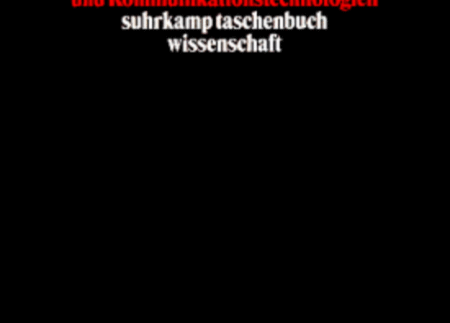
Mediamatic Magazine Vol. 8#2/3 Geert Lovink 1 Jan 1995
Giesecke
Martin Giesecke, Der Buchdruck in der frühen Neuzeit, Suhrkamp Verlag, Frankfurt 1991
The emergence of the 'new media' quite naturally makes one think of the invention of typography. Books and new media are currently seen as natural enemies, each out for the blood of the other. Until...
-

Mediamatic Magazine Vol. 8#2/3 Wim Nijenhuis 1 Jan 1995
Sloterdijk
Peter Sloterdijk, Medien-Zeit: Drei gegenwartsdiagnostische Versuche, Cantz-Verlag, Stuttgart 1993
In the Critique of Cynical Reason (1983) Sloterdijk connected the modern 'cynic' Nietzsche to the asocial Diogenes, who replied to Plato's subtle theory of Eros by masturbating en plein public .
-
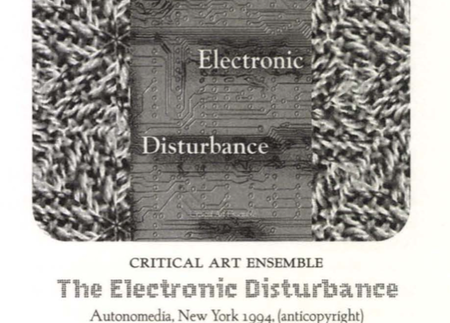
Mediamatic Magazine Vol. 8#2/3 Laura Martz 1 Jan 1995
Critical Art Ensemble
The Electronic Disturbance
This short series of essays from the New Autonomy series is a 'recombinant text' offering a theory of technological resistance in a world where power has moved into an invisible sphere. Critical Art...
-

Mediamatic Magazine Vol. 8#2/3 Wolfgang Ernst 1 Jan 1995
Diller, Scofidio
Visite aux armées / Back to the front
Perhaps the most unfortunate thing about this book is its title: in its fixation on the phenomenon of the tourism of war it does indeed play down the much more cogent insight heralded by its...
-
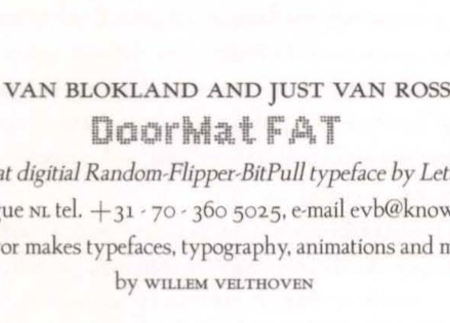
Mediamatic Magazine Vol. 8#2/3 Willem Velthoven 1 Jan 1995
DoorMat FAT
The DoorMat family
For Mediamatic’s Home Issue, Dutch type designers Just van Rossum and Erik van Blokland designed a special typeface. The DoorMat family
-

Mediamatic Magazine Vol. 8#2/3 Peter Fend 1 Jan 1995
Newsroom Amsterdam
A complete dossier on what we say here has been filed during a meeting with a Dutch Embassy in Paris. The meeting has been followed by meetings with authorities in Amsterdam. The documents are being...
-
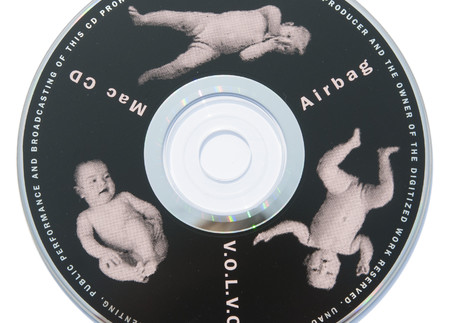
Mediamatic Magazine Vol. 8#2/3 CD-ROM Paul Groot, Jans Possel 1 Jan 1995
V.O.L.V.O. Airbag
The CD-Rom
V.O.L.V.O. Airbag (Can Save Lives), Mac CD-Rom, Amsterdam, © 1995 , together with Mediamatic Foundation (pub), Vol8#2/3 Home Issue, Amsterdam 1995, issn 09 207 86 4
-

Book: Mark Taylor, Esa Saarinen 29 Mar 1994
Imagologies: Mediaphilosophy
When the world is wired, nothing remains the same. To explore the new electronic frontier with Taylor and Saarinen is to see the world anew. A revolutionary period needs a revolutionary book. With...
-

Book: David Murray, Daniel Sherman, Irit Rogoff
Museums
-

Book: Klaus Theweleit 1 Jan 1994
Buch der Könige II
-

Book: Jean Baudrillard 1 Jan 1994
Die Illusion des Endes
-

Book: Martin Giesecke 1 Jan 1994
Der Buchdruck in der frühen Neuzeit
Eine historische Fallstudie ueber die Durchsetzung neuer Informations- und Kommunikationstechnologien
-
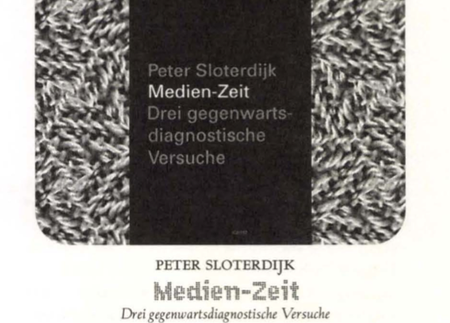
Book: Peter Sloterdijk 1 Jan 1993
Medien - Zeit
-
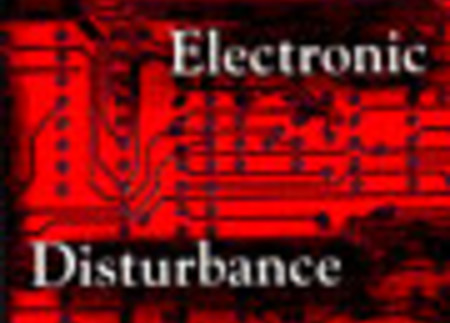
Book: Critical Art Ensemble 1 Jan 1994
The Electronic Disturbance
-

Book: Elizabeth Diller, Ricardo Scofidio 1 Jan 1994
Visite aux armées / Back to the front
Tourismes de guerre / Tourism of War